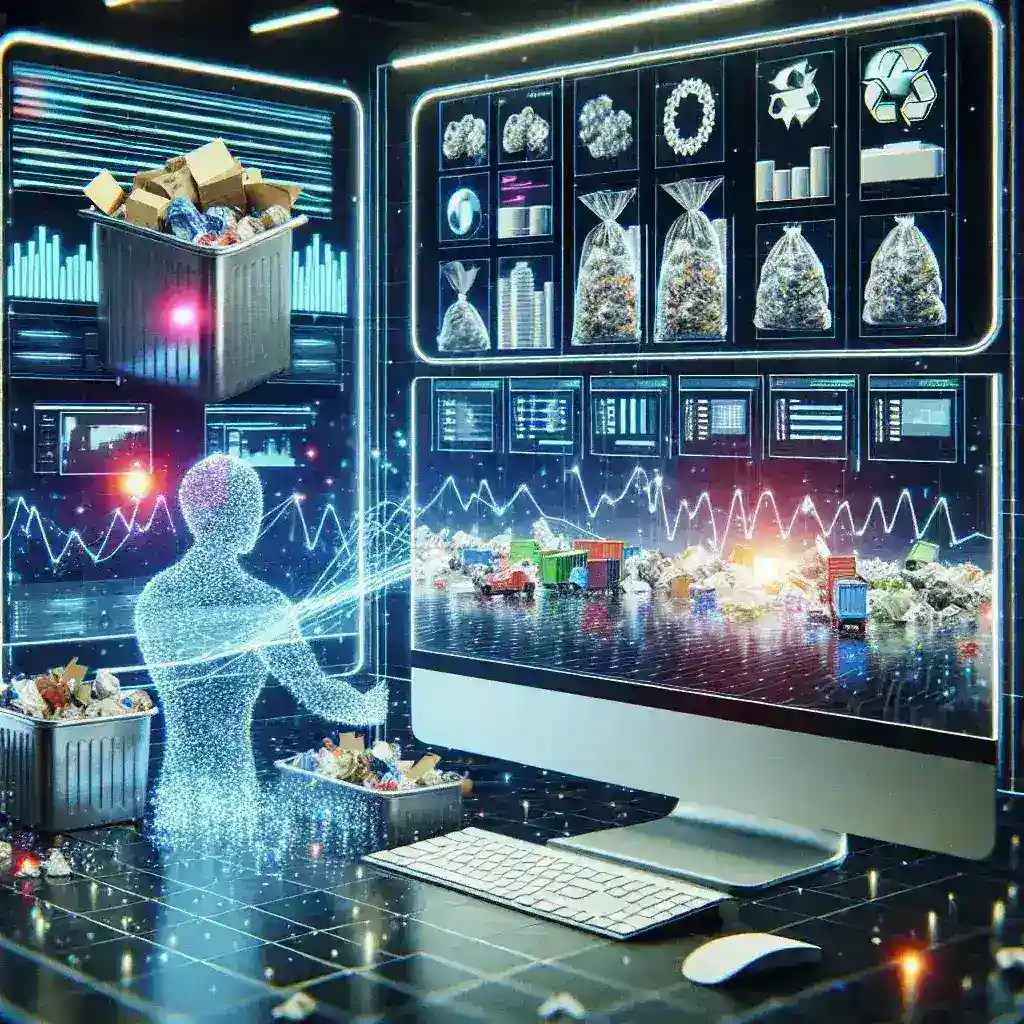Introduction
In recent years, the fusion of artificial intelligence (AI) with sustainability practices has gained unprecedented attention. As global concerns about climate change, resource scarcity, and environmental degradation rise, industries are increasingly turning to innovative solutions to address these challenges. One significant area where this innovation is making a difference is in the reduction of waste through machine learning.
Understanding Waste in the Context of Sustainability
Waste encompasses all materials that are discarded and have no immediate use. In the context of sustainability, waste reduction is crucial as it minimizes the overall environmental footprint, conserves resources, and promotes recycling and reuse.
There are several types of waste:
- Municipal Solid Waste (MSW): Household waste including food, plastics, and paper.
- Industrial Waste: Byproducts from manufacturing processes.
- Food Waste: Edible food that is discarded or lost.
- E-waste: Electronic products that are no longer usable.
Reducing waste across these categories requires advanced technologies and proactive strategies, and this is where AI and machine learning come into play.
The Role of AI in Waste Reduction
Machine Learning Explained
Machine learning, a subset of AI, involves algorithms that learn from data, improving their accuracy over time. This capability allows the technology to analyze large datasets to identify patterns and make predictions.
How Machine Learning Contributes to Waste Reduction
Machine learning can help organizations in several ways:
- Predictive Analytics: Machine learning models can analyze historical data to predict waste generation patterns. For example, retailers can forecast demand for products and adjust their inventory accordingly, reducing excess stock that might go to waste.
- Optimized Recycling Processes: AI-driven systems can sort recyclable materials more accurately than humans by identifying different materials using computer vision. This optimization increases recycling rates and decreases contamination in recycling streams.
- Supply Chain Management: Machine learning algorithms can analyze supply chain data to identify inefficiencies, optimizing logistics and reducing waste in operations. Companies can use AI to reroute deliveries in real-time, minimizing carbon footprints.
- Smart Waste Management: Using IoT (Internet of Things) devices, AI can monitor waste levels in bins and optimize collection routes, reducing fuel consumption and operational costs.
Real-World Applications of AI in Waste Reduction
Case Study 1: Google’s AI-Powered Waste Solutions
Google has leveraged AI to enhance recycling efforts in its offices through the implementation of intelligent waste tracking systems. By analyzing waste data, the technology helps educate employees on recycling best practices, reducing contamination and increasing recycling rates.
Case Study 2: Coca-Cola’s Smart Bottling Technology
Coca-Cola has integrated machine learning in its bottling process. The tech monitors and analyzes production to reduce overproduction and waste. By customizing outputs to align with market demand, they significantly minimize surplus inventory.
Case Study 3: AI in Agriculture
Agriculture is a significant contributor to food waste. AI applications in this sector include using predictive models to determine the optimal harvest time and employing smart irrigation systems that reduce excess water usage. This dual approach not only cuts down on food waste but also conserves resources.
Challenges and Considerations in Implementing AI for Waste Reduction
Data Quality and Privacy
For AI to function effectively, it requires high-quality data. Poor data can lead to inaccurate predictions and ineffective solutions. Additionally, companies must navigate data privacy concerns, especially when using consumer-related information for waste reduction strategies.
Initial Costs and Investments
The implementation of AI technologies often requires significant upfront investments. Organizations may be hesitant to allocate budgets for AI projects without clear, immediate ROI. However, the long-term savings and sustainability benefits often outweigh these initial costs.
Integration with Existing Systems
Integrating AI solutions with existing waste management systems can pose challenges in terms of compatibility and workforce training. It is essential for organizations to consider employee buy-in and invest in training to use these new technologies effectively.
Future of AI and Sustainability
The intersection of AI and sustainability is continually evolving. As technology advances, we can expect even more innovative applications aimed at reducing waste, optimizing resource usage, and promoting sustainable practices across various sectors. The potential for AI to transform waste management systems and contribute to a more sustainable future is immense.
Conclusion
AI and machine learning are proving to be valuable allies in the quest for sustainability. By harnessing the power of these technologies, individuals and businesses can make significant strides in waste reduction, conserve resources, and ultimately contribute to a healthier planet. As we look to the future, the collaboration between AI and sustainability will play a crucial role in addressing environmental challenges and fostering a more sustainable world.

